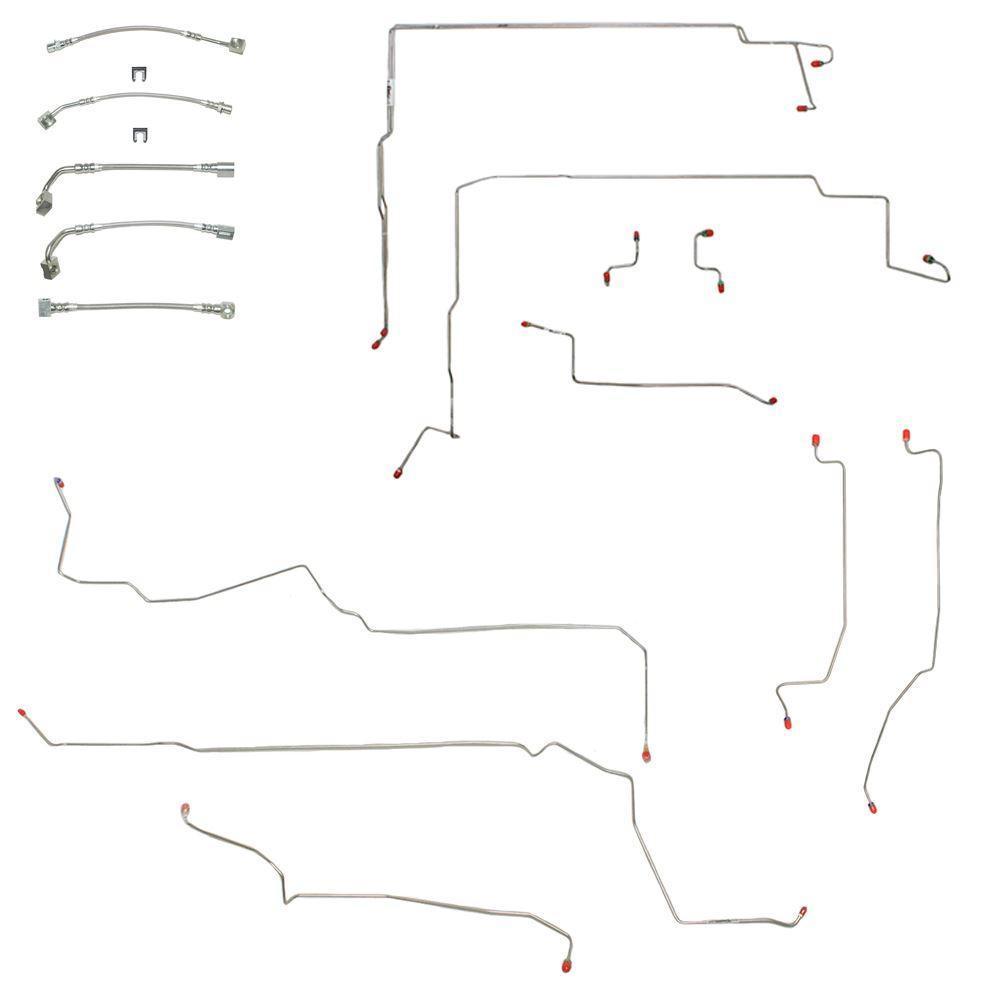The SN95 Mustang: Next Generation
The 1994-2004 Ford Mustang, codenamed SN95, marked a significant turning point for the iconic pony car. Stepping out of the shadow of the boxy Fox Body era, the SN95 embraced a more modern aesthetic and technological advancements, propelling the Mustang into the 21st century.
The SN94 design retained a hint of classic Mustang with its long hood and short deck, but introduced smoother lines and curves for a more contemporary look. The signature quad headlights remained, albeit modernized, while the taillights received a complete overhaul. The 1999 model year brought a further evolution with the "New Edge" design, featuring sharper creases and more pronounced curves, reflecting the design trends of the time.
This model saw a significant shift under the hood. Ford ditched the carburetor entirely, opting for fuel injection across all engines. The base 3.0L V6 offered decent power and fuel economy, but the real excitement came from the V8 options. The ever-reliable 5.0L V8 continued, later joined by the muscular 4.6L V8, particularly in the performance-oriented GT and Cobra models. These Mustangs delivered impressive horsepower figures, keeping the pony car relevant in the face of growing competition.
Perhaps the most significant change for the SN95 Mustang was the adoption of an independent rear suspension (IRS) in 1994. This replaced the older solid rear axle, resulting in vastly improved handling and stability. The SN95 became a more capable all-around car, not just a straight-line bruiser. This, coupled with advancements in braking and steering technology, made the SN95 Mustang much more fun and confidence-inspiring to drive on twisty roads.
The 4th generation Mustang continued the tradition of being a cultural icon. The affordability and plentiful aftermarket options fuel a thriving enthusiast community, allowing for extensive customization.
The SN95 Mustang served as a bridge between the classic Mustang and its modern iterations. It modernized the pony car concept, offering a blend of performance, comfort, and technology that resonated with a new generation of drivers. While not as "unique" as its predecessors in styling, the SN95 solidified the Mustang's place as a relevant and exciting choice in the ever-evolving automotive landscape.
Taking Care of Your SN95
Road salt, and water, and debris, oh my! When it comes to today's road conditions there's no shortage of things that damage and degrade your car's undercarriage. That's why stainless steel has become a favorite material of Mustang enthusiasts when it comes to replacing fuel lines, brake lines, transmission lines, and exhaust systems. Stainless steel is a long-lasting replacement material that will not rust, degrade, or corrode like regular steel or rubber hoses.


